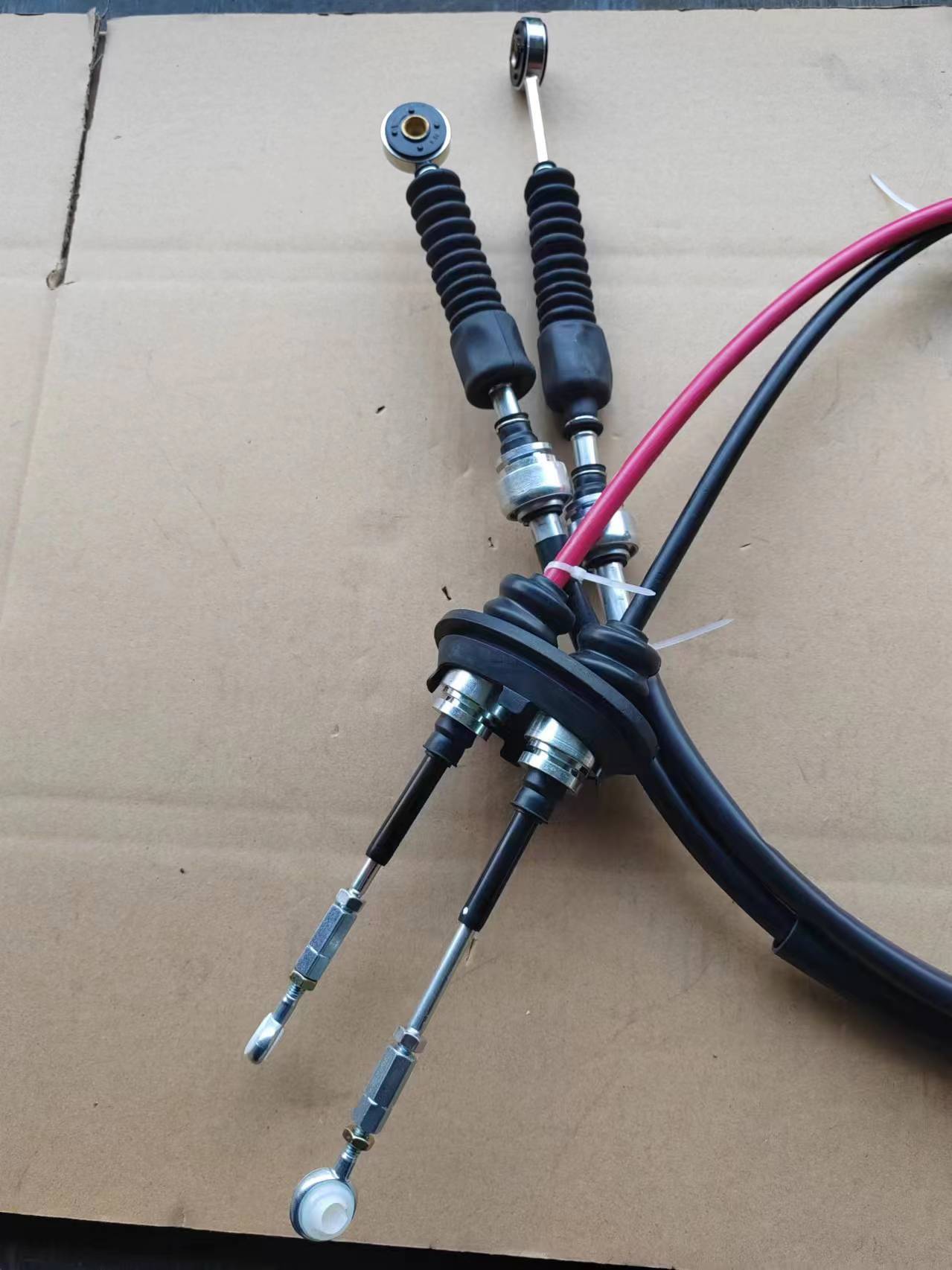Understanding the Functionality and Benefits of Vernier Throttle Cables in Performance Vehicles
Understanding the Vernier Throttle Cable A Detailed Look
The automotive and aviation industries have long relied on various mechanisms to ensure precision control over engines and throttle systems. One such mechanism is the vernier throttle cable, which plays a crucial role in managing engine performance. In this article, we will delve into the workings, applications, and benefits of the vernier throttle cable, offering insights into its significance in modern machinery.
What is a Vernier Throttle Cable?
A vernier throttle cable is a specialized type of throttle control cable that allows for fine adjustments to the throttle position in an engine. Unlike standard throttle cables, which may only provide a binary open-or-closed functionality, vernier cables incorporate a dual-system design. This allows operators to make precise adjustments with minimal movement of the control lever or knob, enhancing responsiveness and control.
The name vernier comes from the vernier scale, an instrument used in measurement that allows for enhanced precision. In the context of throttle control, the vernier mechanism enables users to achieve exact throttle settings, making it invaluable in applications where engine performance is critical.
How it Works
The vernier throttle cable consists of a primary cable and a secondary adjusting mechanism, which often works on a screw or rack-and-pinion basis. When the primary throttle cable is pulled, it moves the throttle plate as usual. However, the secondary mechanism allows for minute adjustments. By rotating a knob or turning a screw, the operator can make small changes to the throttle position without having to significantly move the primary cable.
This design grants the operator more control over the throttle response, which is particularly advantageous in situations like racing, where split-second adjustments can mean the difference between winning and losing. Additionally, this fine-tuning capability helps in optimizing fuel consumption and performance in various operational conditions.
Applications
Vernier throttle cables are found in various sectors, including
1. Aerospace In aircraft, pilots need precise control over engine throttle to ensure optimal performance during different flight stages. A slight change in throttle can impact lift, drag, and overall flight stability.
vernier throttle cable

2. Automotive Racing In motorsports, precision control over throttle response is crucial. Drivers rely on vernier throttle cables for greater maneuverability and responsiveness during races.
3. Marine Applications In boating, fine adjustments to throttle control can enhance navigation and speed control, making the experience safer and more efficient.
4. Industrial Machinery Various machines that require precise speed and power adjustments benefit from the vernier throttle cable, ensuring performance is tailored to specific tasks.
Benefits of Using Vernier Throttle Cables
1. Precision Control The primary advantage of a vernier throttle cable is its ability to offer minute adjustments. This precision is critical in applications where slight variations can have significant effects.
2. Enhanced Responsiveness Operators can react to changing conditions more effectively. In high-stakes environments, such as racing, this responsiveness can enhance safety and performance.
3. Increased Efficiency In scenarios where fuel consumption and engine performance are critical, the ability to fine-tune throttle settings can lead to improved fuel efficiency and reduced engine wear over time.
4. User-Friendly Design Modern vernier throttle cables are designed to be intuitive, making them accessible even for those who may not have extensive mechanical experience.
Conclusion
The vernier throttle cable represents a significant advancement in throttle control technology, providing operators across various industries with the precision and responsiveness needed to optimize performance. As machinery becomes more advanced and the demand for efficiency increases, the role of devices like the vernier throttle cable will only continue to grow. By understanding how these cables work and the benefits they offer, individuals and organizations can make informed decisions about their throttle control systems, ultimately enhancing functionality and performance in their operations.
-
Workings of Clutch Pipe and Hose SystemsNewsJun.04,2025
-
The Inner Workings of Hand Brake Cable SystemsNewsJun.04,2025
-
The Secrets of Throttle and Accelerator CablesNewsJun.04,2025
-
The Hidden Lifeline of Your Transmission Gear Shift CablesNewsJun.04,2025
-
Demystifying Gear Cables and Shift LinkagesNewsJun.04,2025
-
Decoding Clutch Line Systems A Comprehensive GuideNewsJun.04,2025
